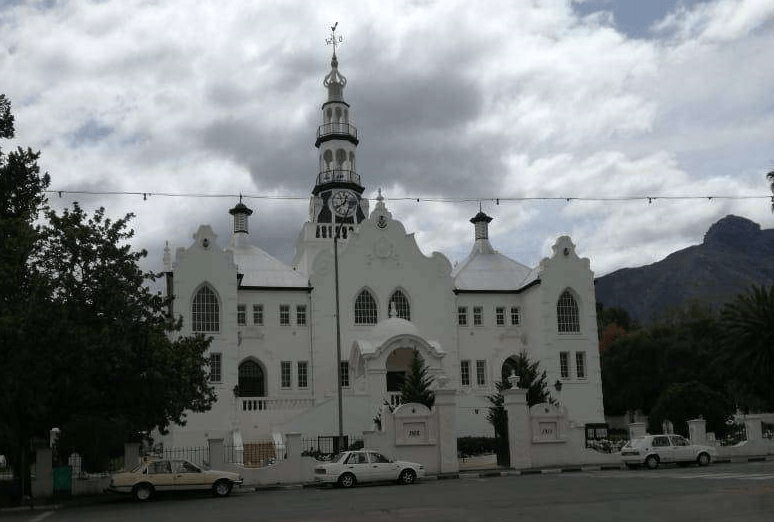History of Swellendam
- Province: Western Cape
- Overberg
- Coordinates:34°01′23″S 20°26′24″E
- Area:58.14 km2
- Municipality: Swellendam
The license plate prefix for Swellendam is CCK and the Postal code is 6740
Weather in Swellendam today
all local listings in Swellendam
Things to see and do in Swellendam:
- Today the Drostdy forms part of a museum complex that consists of several heritage sites, namely the Drostdy, the Old Goal, and Mayville. 028 5141138
- Aquila Private Game Reserve is the home of the Big 5 as well as a significant amount of other wild game, which roam freely on the reserve. Join a sunset tour for an unforgettable wildlife experience.+27 (0) 21 430 7260
- Join the Parkrun at Marloth Nature Reserve 082 497 7819 swellendam@parkrun.com Saturdays 8.00 am
- Hops Gravel Grind MTB race
- Swellendam street mile
- “Around the pot” is a single-day MTB race through the canola fields.
- Faerie sanctuary 37 Buitenkant street 028 514 1786
- Art in the Secret Garden held in November
- Bakoondhoogte pass
- Swellendam hiking trail
- Tradouw pass
- Take a township tour with Meisie Bokwana 084 775 1269
- See heritage buildings
- www.visitswellendam.co.za
- Swellendam Heritage Association
Useful Numbers
- Police: 028 514 8104
- Municipality; 028 514 8500
- Traffic department: 028 514 8558
- Home Affairs: 028 514 1034 / 1035
- Fire:028 514 3980 | +27 (0)83 274 9322
- Water: Municipality 028 514 8500
- Electricity:
- Ambulance: 10177or 028 514 1219
- Post office; 028 514 1220
- Library: Drosty Museum library 028 514 1138 49 Voortrek St 028 514 8528
- Closest hospital; 028 514 1141 Swellendam Clinic 0285148450
- Pharmacy;028 514 2020
- SPCA: 028 514 2083
- Schools: Swellendam High 028 514 1361
Laerskool Swellendam 028 514 1347
Swellendam hoer 028 514 1361 - Museum; 028 514 1138
Other towns in the Swellendam municipality include Barrydale; Infanta and Suurbraak



